A control surface can be a game-changer for your studio mixing workflow. If you don’t enjoy using your mouse to draw fader moves and find mixing in-the-box to be tedious, a good control surface may be the perfect solution. Most modern control surfaces offer a few basic functions like motorized faders and transport controls, while some also include pan pots and the ability to control plugin parameters.
How to Choose a Control Surface
While most mainstream control surface solutions offer similar functionality, there are a few things you’ll want to consider before you make your purchase.
- How many faders do you need?
- What is your DAW of choice?
- USB vs Ethernet connectivity
How many faders do you need?
The first decision you’ll need to make when choosing your control surface is how many faders you need. The most popular control surfaces typically feature either a single motorized fader or a bank of eight—more expensive options can feature 16 or more faders in a single enclosure. It’s also important to note that even if you start with just one bank of eight faders, you can usually combine multiple units to expand the number of faders available to you.
So, if you generally work with mixes that are only a handful of tracks, or if you just don’t have the desk space to spare, a compact, single-fader control surface may be a good option. But, if you’re getting into complex mixes and intricate scores, you’re likely to benefit from having more faders within reach. And remember, you can always start with one unit of eight faders, and then expand to 16, 24, and so on.
What is your DAW of choice?
The DAW you use can have a significant impact on how deep your control surface integration will be. For practical purposes, there are two industry-standard protocols that most control surfaces use to communicate with your DAW software: EUCON and MCU (Mackie Control Universal Protocol). Sometimes MCU is referred to as HUI, though HUI is technically now part of the MCU protocol.
EUCON is a proprietary protocol owned by Avid, and as a result, its availability is limited to a small selection of control surface products, and is officially supported by only a few DAWs. The good news is that EUCON-enabled control surfaces can typically fall back to the MCU protocol when EUCON is not supported.
As of the writing of this article, the official “qualified EUCON media applications” include:
- Avid Pro Tools
- Apple Logic Pro X
- Steinberg Cubase
- Steinberg Nuendo
By contrast, MCU/HUI is generally compatible with just about any modern DAW. You’ll also find that there are many, many more choices available, and at lower price points.
USB vs Ethernet Connectivity
If you’re set on a control surface that utilizes EUCON, you’ll need a host machine that supports Ethernet connectivity. This is especially important if you have a late model Apple laptop (approximately 2014 and newer) that no longer has an Ethernet port. Not to worry though, as there are multiple ways to add Ethernet to your machine:
- NewerTech USB 3.0 to Gigabit Ethernet Adapter
- OWC Thunderbolt 3 Dock
- OWC Thunderbolt 3 Mini Dock
- OWC USB-C Dock
Between EUCON (Ethernet) and MCU (USB), EUCON arguably offers higher performance and deeper integration compared to MCU. Eucon, though a proprietary protocol owned by Avid, has lower latency (for things like fader moves), and generally offers the ability to control many aspects of your DAW, including virtually all your plugin parameters.
An opinion about latency and fader moves: you’re unlikely to notice a big difference while mixing, until you make fast moves for things like vocal rides. How you’ll feel about the difference in latency performance is impossible to predict in writing this article. I have worked with both, definitely notice the difference, and prefer EUCON (i have three Avid Artist Mix control surfaces for this very reason), but you may find that MCU (USB) control surfaces perform just fine for your needs, especially given that they are generally priced more affordably.
Now that we’ve covered the basics of control surfaces, DAW compatibility, and connectivity, here is a list of some popular mixing control surfaces, all of which have motorized faders.
Single Fader Control Surfaces
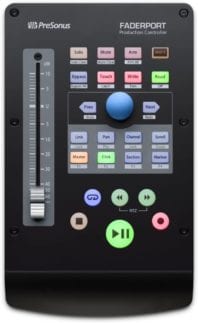
PreSonus FaderPort Production Controller ($219.95)
The FaderPort packs an impressive amount of capability into a small footprint. Not only does it sport a high-quality 100mm touch-sensitive, motorized fader, but its 24 buttons allow for 40 different operations, including basic transport controls and zoom functionality, among others. Whether you are tight on desk space or just want a single fader for the occasional automation, PreSonus does a nice job of blending price and performance. The FaderPort connects via a conventional USB connection and is compatible with virtually any DAW.
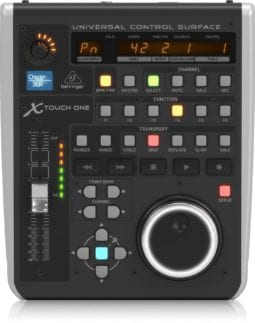
Behringer X-Touch One Universal Control Surface ($159)
Behringer has built its reputation by offering products that are feature-rich yet affordable. Like the PreSonus FaderPort, the X-Touch One includes a touch-sensitive motorized fader, multiple buttons, and transport control. It separates itself from the PreSonus by including a useful LED meter and dynamic digital LCD strip. The PreSonus may feel a bit sturdier, but the additional features built into the X-Touch One make it pretty attractive, especially at such a low price.
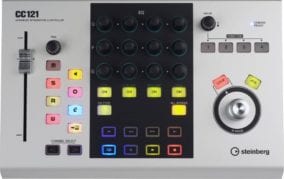
Steinberg CC121 Control Surface for Cubase ($429)
If you exclusively use Steinberg Cubase, boy do they have a control surface for you. At a comparatively hefty $429, the CC121 is no budget control surface, but it does offer a dedicated EQ section that features 12 rotary knobs. You won’t find that on any other single-fader control surface, nor have I seen that on any entry-level or mid-tier control surfaces.
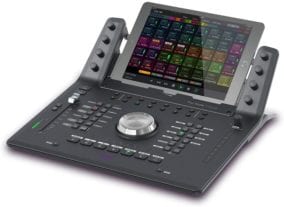
Avid Dock Control Surface ($995)
As the only single-fader control surface that supports EUCON, the Avid Dock is the most expensive single-fader solution I’ve ever seen on the market—and it needs a donor iPad too. Its deep integration with Pro Tools combined with EUCON’s exceptional performance is something to consider, but this is likely to be a situation where most people need a Honda and this is a BMW. By the time you purchase the Avid Dock and add an iPad, you’re well over $1,200. You can get 8 faders or more for half that price if you’re willing to forego the use of EUCON.
Multi-Channel Control Surfaces
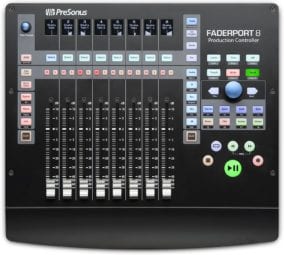
PreSonus FaderPort 8 Production Controller ($599)
The FaderPort 8 takes the core functionality of the single-fader FaderPort and adds some great features, starting with 8 touch-sensitive, motorized, 100mm faders. With particularly tight integration for PreSonus Studio One, the FaderPort 8 provides one-button access to a range of functions. The digital scribble strip at the top is great for visual feedback and is easy to read and the entire controller is well illuminated so it’s easy to operate in bright and dark environments.
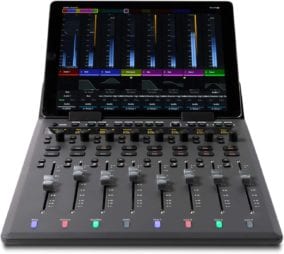
Avid S1 EUCON Desktop Control Surface ($1295)
The Avid S1 brings the integration of Avid’s larger, more expensive consoles to a compact form factor that’s more affordable, yet still pretty pricey. While an iPad or other tablet isn’t required to use the S1, the system has clearly been designed with tablet integration in mind. When it’s all put together, it is certainly a powerful and flexible mixing solution, with the tablet serving both as a display for metering and touch controls. And like all the other Avid solutions, it is EUCON-enabled and connects via Ethernet.
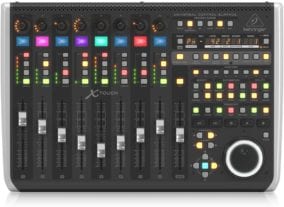
Behringer X-Touch Universal Control Surface ($449)
As always, Behringer continues to break price barriers with the X-Touch Universal Control Surface. It features 9 touch-sensitive, motorized faders, color LCD scribble strips, and multiple connectivity options including Ethernet, USB, and MIDI. If you though the 34 illuminated buttons were plenty on the X-Touch One, the X-Touch features a whopping 92 illuminated buttons and LED signal meters for each assignable channel. It’s arguably the best value for a control surface on the market.

Softube Console 1 10-Channel Fader Control Surface
And now for something different. Console 1 Fader by Softube features 10 touch-sensitive, motorized faders and a steel chassis that’s sleek and professional. Softube markets Console 1 Fader as “way more than a simple controller”. Fader includes two console emulations, “Tube” and “Discrete”, that are controlled via software. While Fader is compatible with virtually any DAW, it features deeper integration with Ableton Live, Cubase, Reaper, Cakewalk, and Studio One. Console 1 Fader can be combined with another piece of hardware from Softube called Console 1, which offers dedicated rotary control for plugin parameters like EQ and compression.
If you find yourself yearning for additional faders, most of these solutions support combining multiple hardware units together. There are also a few single-unit control surfaces you might want to explore, like the PreSonus FaderPort 16 (reasonably priced at $999) or the Avid S3 EUCON Desktop Control Surface (which is a significantly larger investment at $4,999).
Wrapping Up
These have been just a small sampling of the currently available control surfaces. There are other solutions out there from brands like Mackie, Icon Pro Audio, and others. And definitely don’t dismiss the used gear market as you can sometimes snag great deals on late model solutions, like the Avid Artist Mix series.
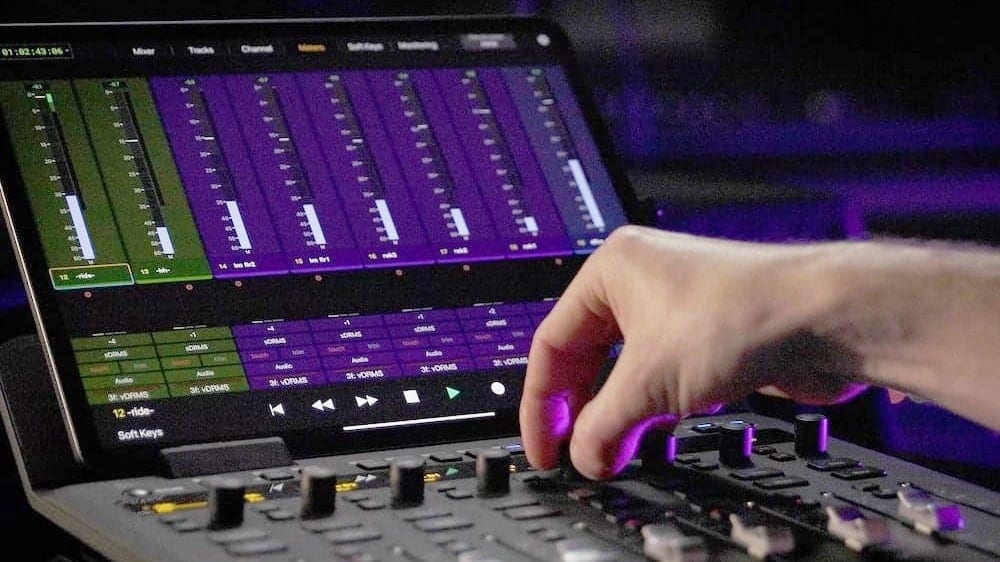
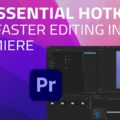


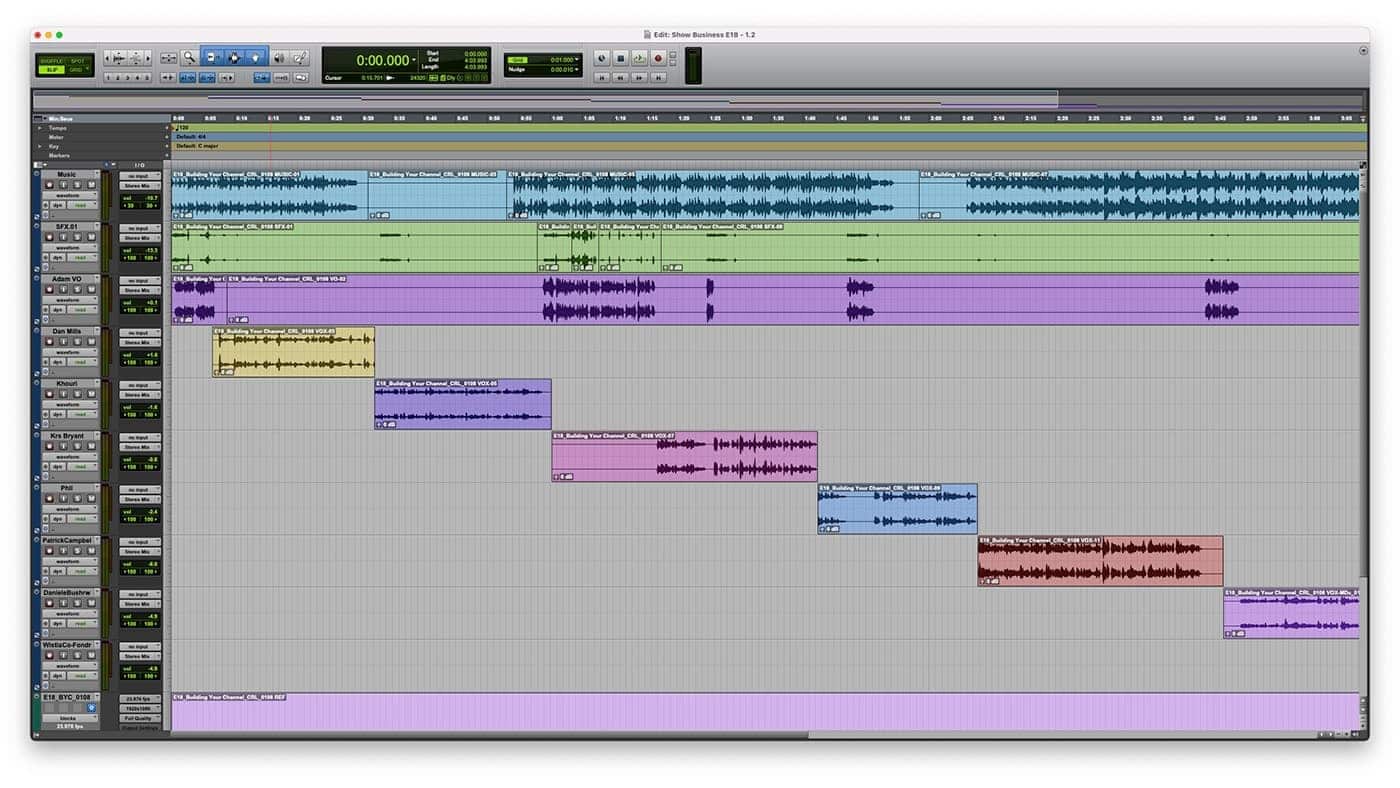


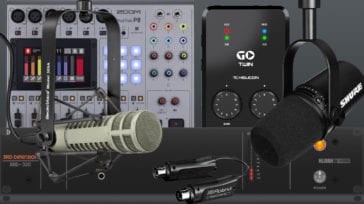



I’m surprised you didn’t mention the Slate Digital Raven flat screen interface. I would choose it over many of the devices listed here.
Surprised you didn’t include SSLs new entry into the controller market, the UF8.
Or it’s full sized mixer of a control surface, the Nucleus.